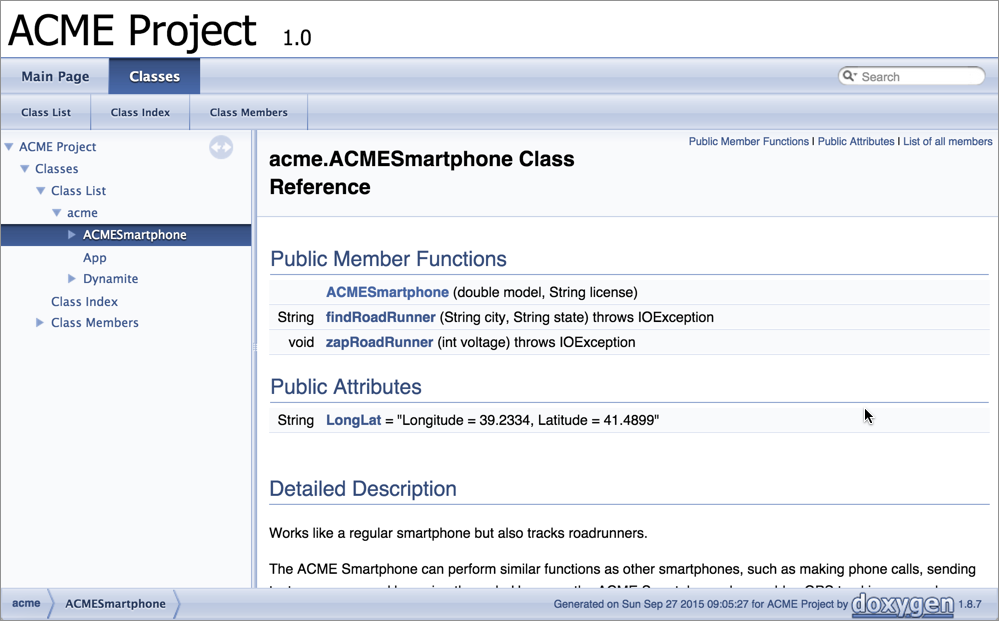

\ brief Basic structures used by other FreeCAD components The Base module includes most of the basic functions of FreeCAD, such as : - Console services : printing different kinds of messages to the FreeCAD report view or the terminal - Python interpreter : handles the execution of Python code in FreeCAD - Parameter handling : Management, saving and restoring of user preferences settings - Units : Management and conversion of different units */ /* ! \ namespace Base ** \ defgroup BASE Base * \ ingroup CORE It is important that such files are correctly categorized in a group or namespace, for which Doxygen provides some auxiliary commands like \defgroup, \ingroup, and \namespace. dox in many directories in order to provide a description, or examples, of the code there. The FreeCAD project adds several files ending in. doc then Doxygen will parse the comments and build the appropriate documentation, but it will hide this auxiliary file from the file list. When you place a comment block in a file with one of the following extensions. This way of documenting a source file is useful if you just want to add documentation to your project without adding real code. In this case the structural command \file is used to indicate which source file is being documented a structural command \fn indicates that the following code is a function, and the command \brief is used to give a small description of this function. */ /** \ fn void setName ( const std :: string & ) * \ brief Set the name to the workbench object. */ /** \ fn std :: string name () const * \ brief Returns the name of the workbench object. An alternative is using C++-style comments // with an additional slash, so ///.

The special documentation block starts like a C-style comment /* but has an additional asterisk, so /** the block ends with a matching */.
Doxygen special commands update#
This keeps the declaration and documentation close to each other, so it's easy to update the latter one if the first one changes. Usually you'd want to document the code in the header file, just before the class declaration or function prototype. Of course, file members (functions, variables, typedefs, defines) do not need an explicit structural command just putting a documentation block before or after them will work fine.įirst style: documentation block before the code
Doxygen special commands manual#
See section Documentation at other places in the manual to learn more about structural commands. A structural command links a documentation block to a certain entity that can be documented (a function, member, variable, class, namespace or file).

Odwiedź stronę Doxygen, aby dowiedzieć się więcej o systemie, i zapoznaj się z Podręcznikiem Doxygen, aby uzyskać pełne informacje. 8.5 Converting the comment style on the flyĭoxygen jest popularnym narzędziem do generowania dokumentacji z adnotacji w źródłach C++ obsługuje również inne popularne języki programowania, takie jak C#, PHP, Java i Python.8.4 Converting the Pythonic style to Doxygen style.8.2 Second style: documentation block before the code.8.1 First style: Pythonic documentation.3.2 Second style: documentation block elsewhere.3.1 First style: documentation block before the code.


 0 kommentar(er)
0 kommentar(er)
